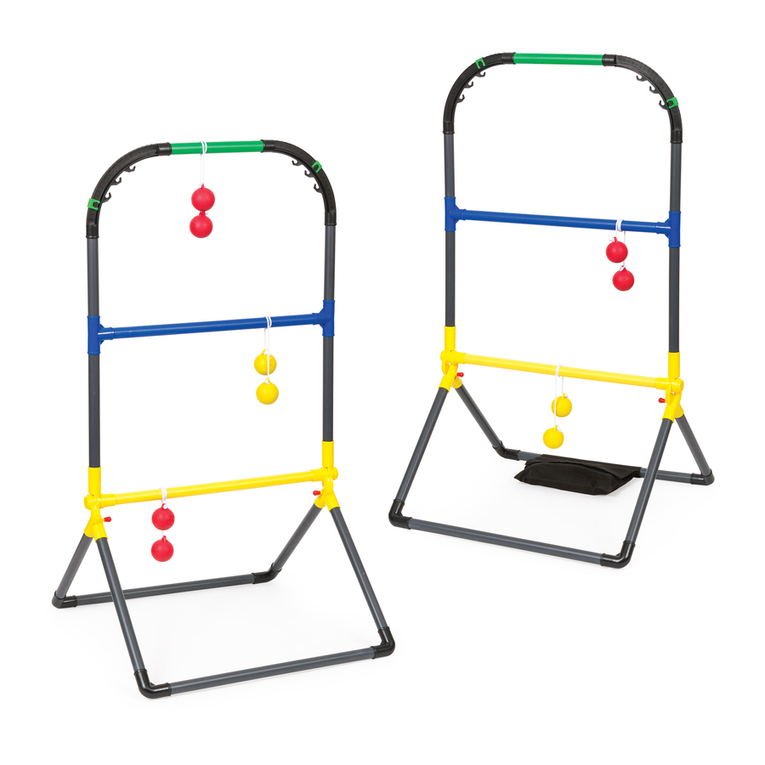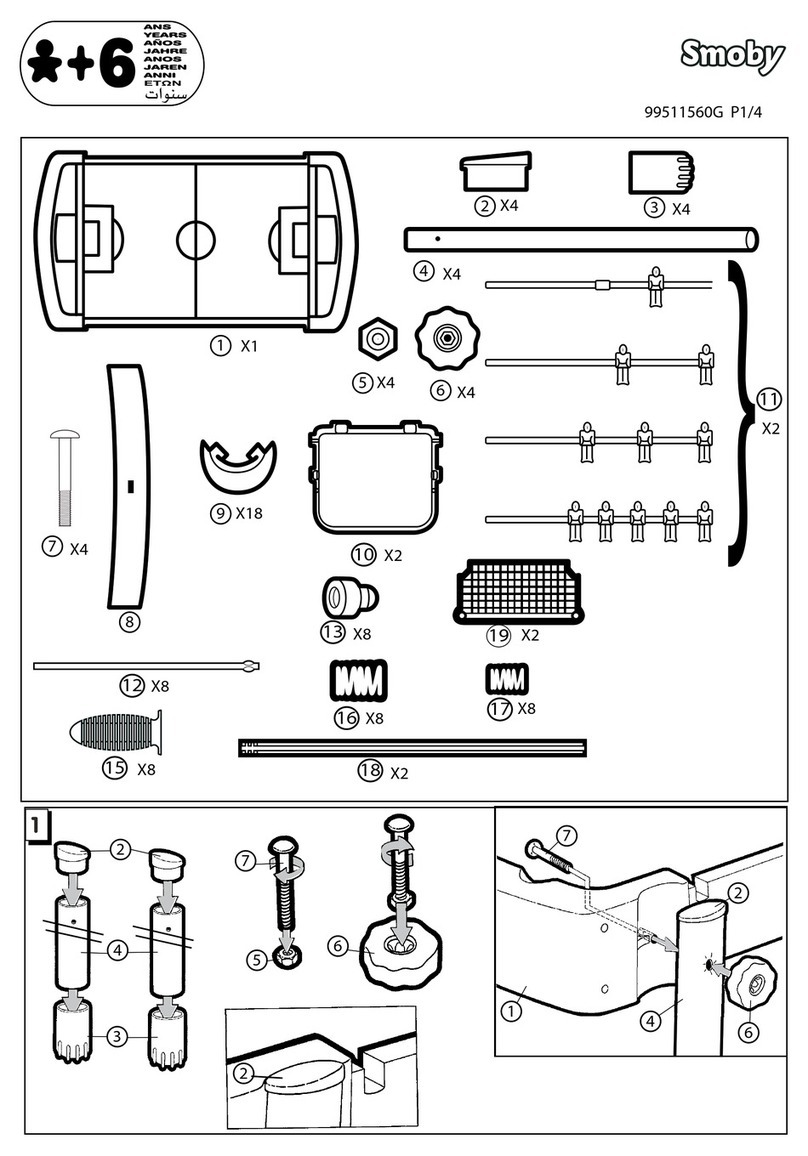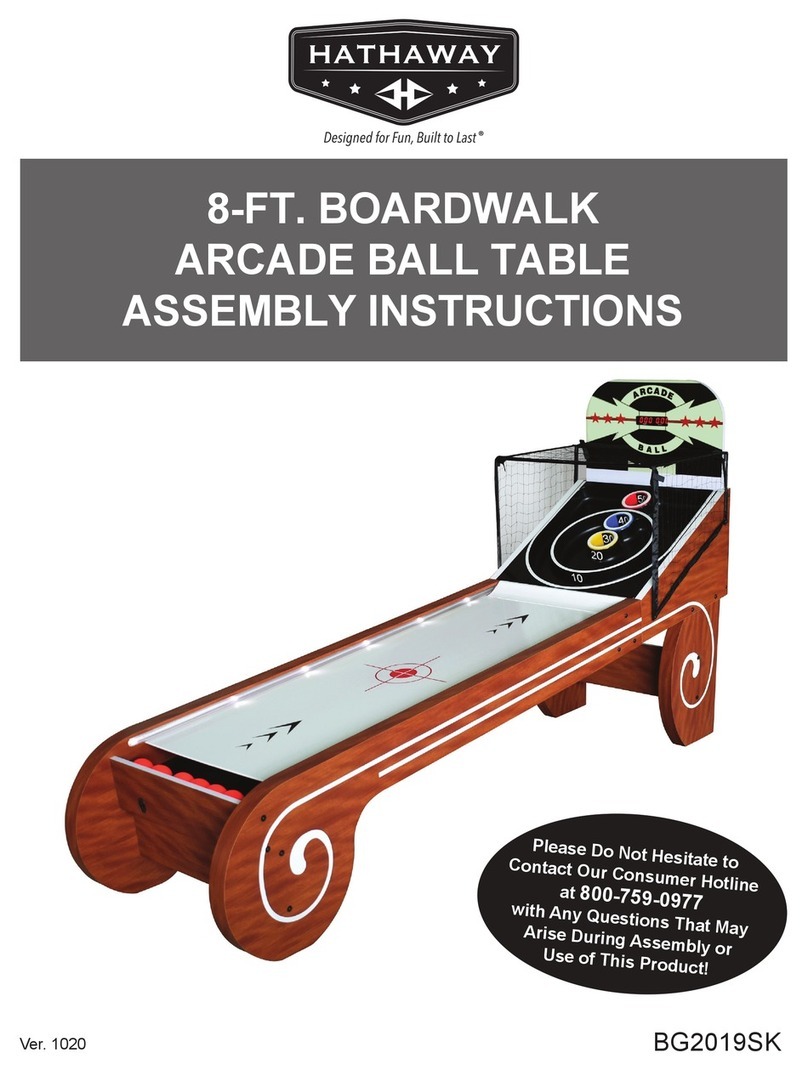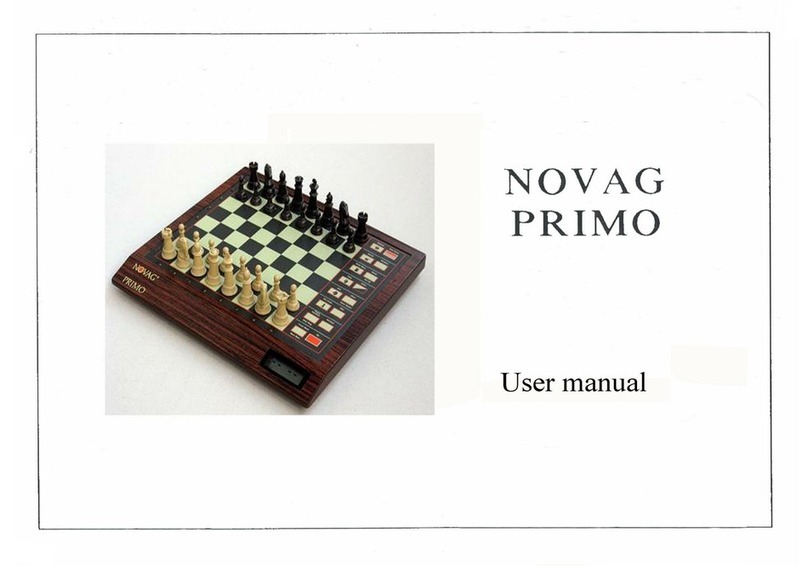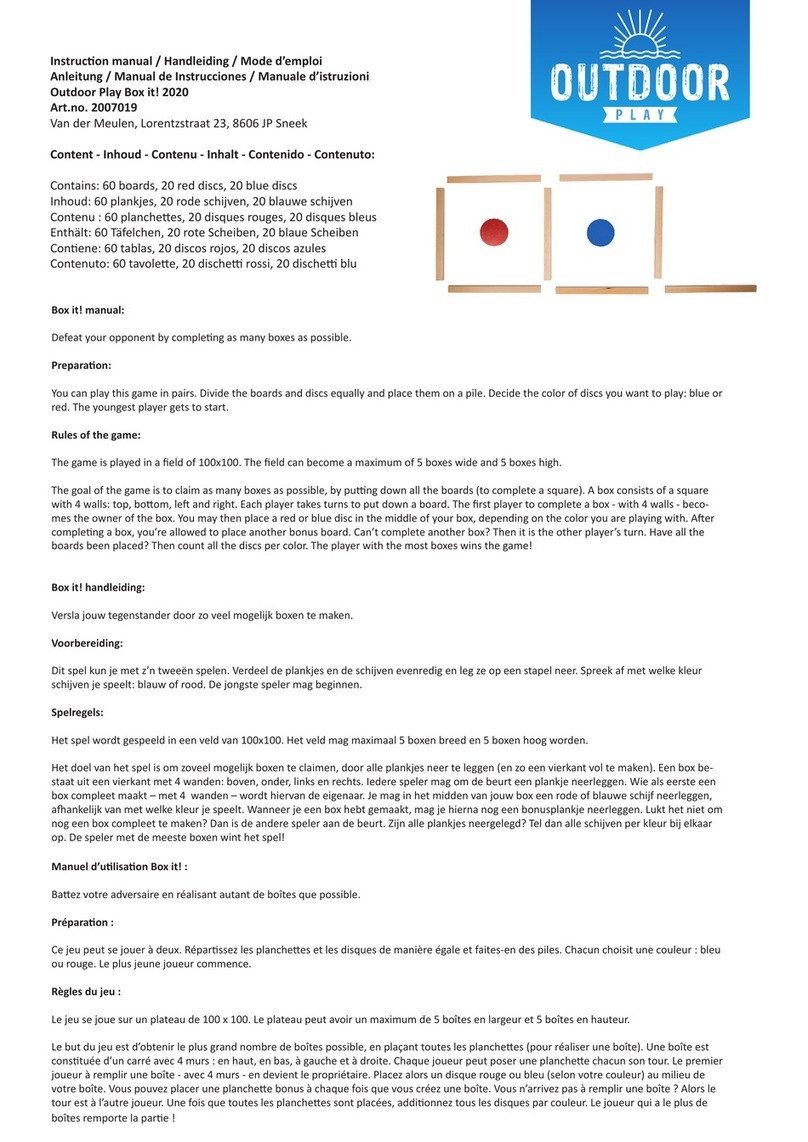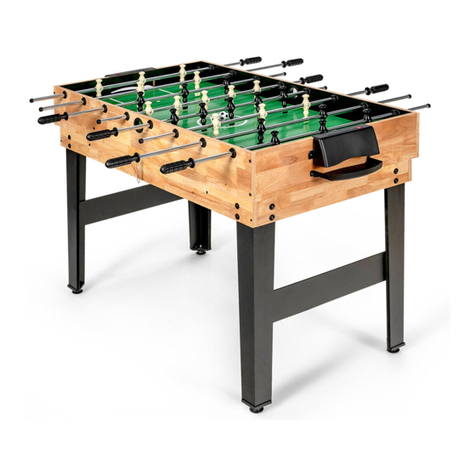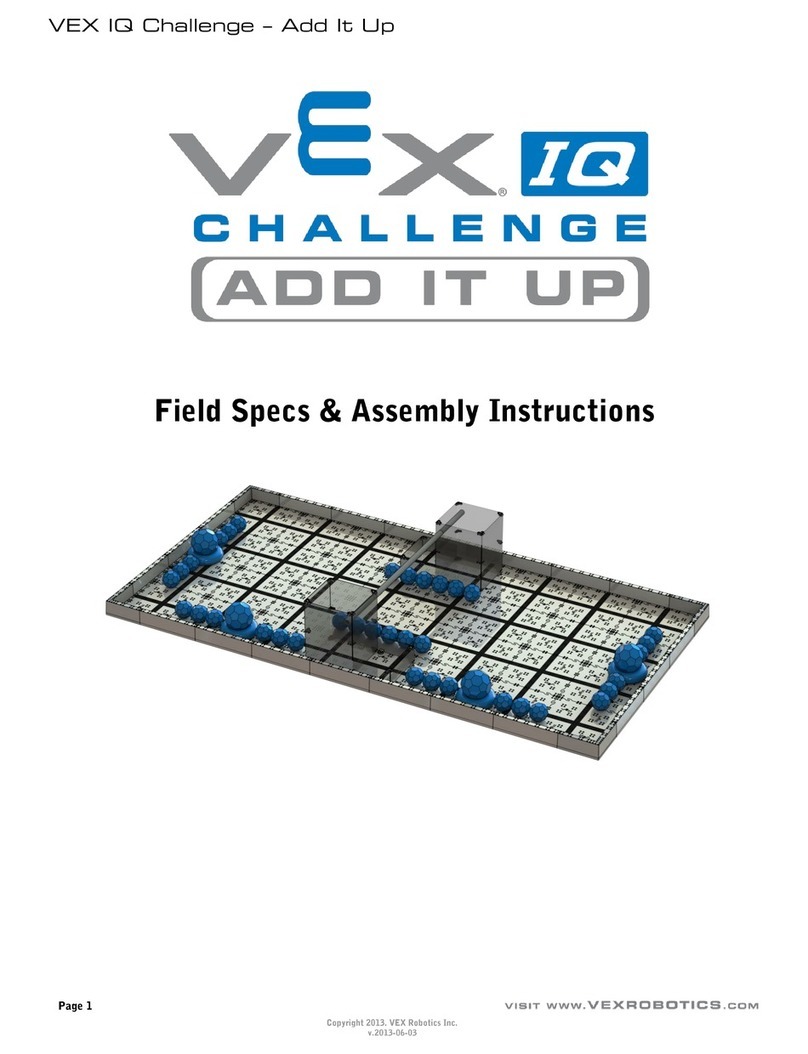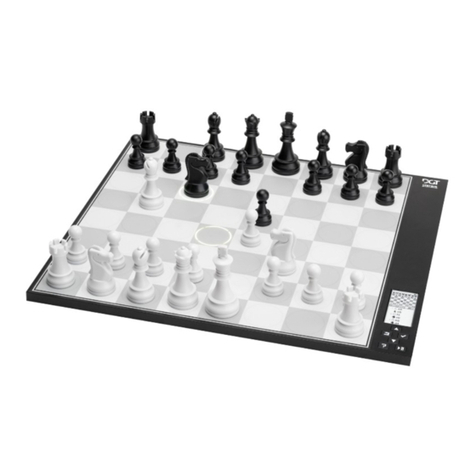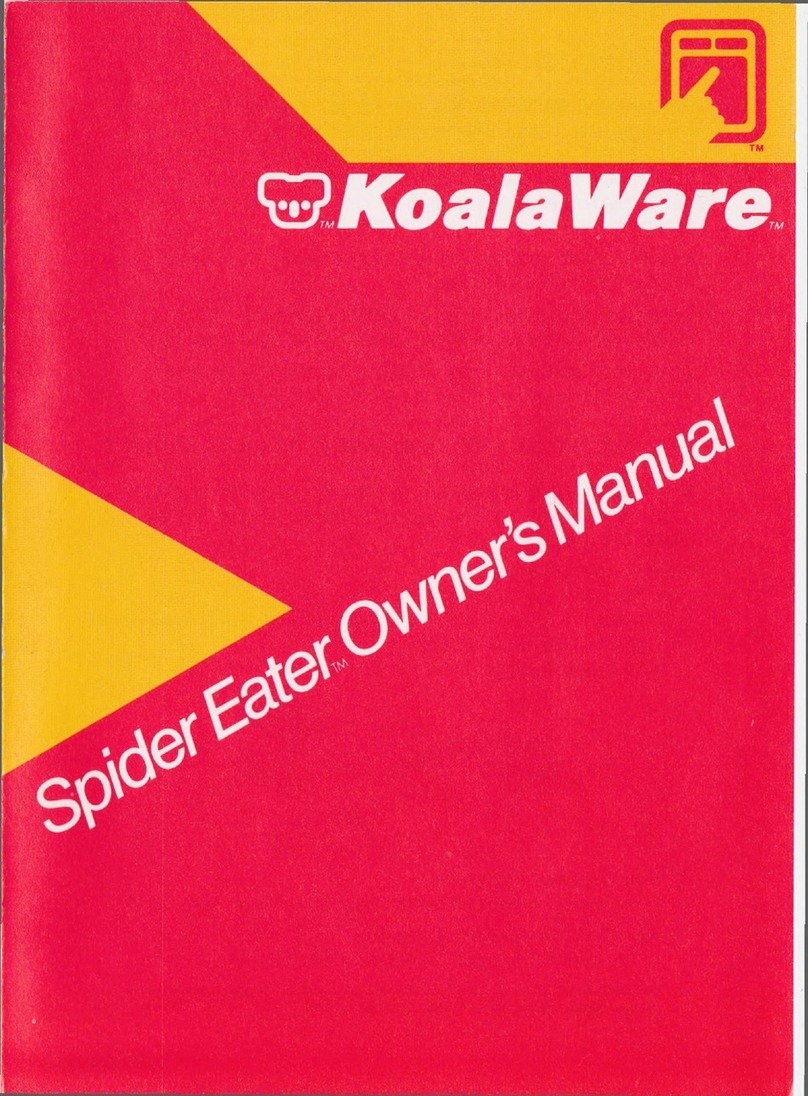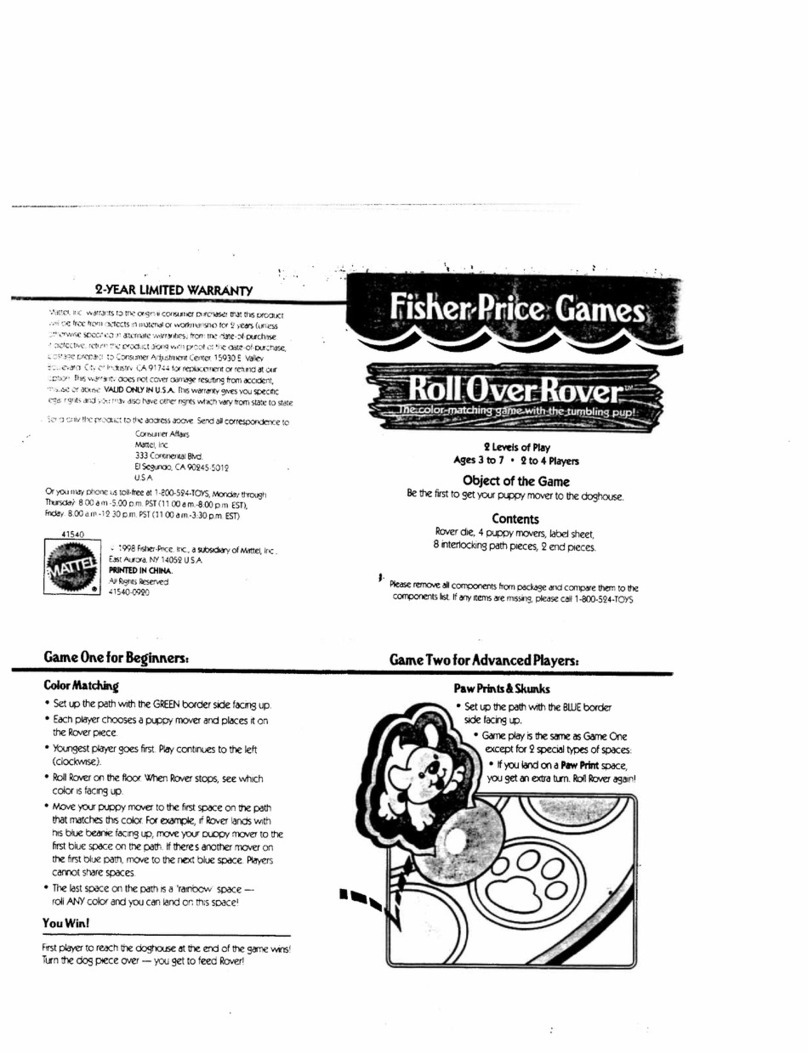Description of the levels:
•Tournament Level Trl-Tr8:
For games with tournament time. All movements are predetermined at a fixed time (eg 40 movements in 120
minutes).
Level 8 is the strongest. If you exceed the determined time, you lose the game. This modality is the most natural
of the game, since it is the form normally used by chess players. If you consider yourself a good player it is
advised that you try level 1 or 2 at first.
•Average Time Level Established Atl-At8:
The NOVAG AQUAMARINE RISC II will make thoughtful plays with an average time equal to the one selected.
This modality is used to give a determined time to the machine to solve a problem.
•Starting Level In... Sdl-Sd8:
The machine has to finish the game in a previously established time. If this time is exceeded, the game is lost. The
clock counts down and will alert you with three beeps that the time has exceeded. In any case, if you want to
continue the game, you can do it out of time, but in the judgment of the machine you will have already lost. The
computer clock will continue to run. This is the only level in which the times appear on the screens at the
beginning of the game. (In the others it appears 00 00 00 00 ).
•Level Dc Depth Given Fdl-Fd8:
Important to prevent the machine from analyzing more than desired if it is intended to be weakened on purpose:
In this mode children can play using the first levels, such as FD1, FD2, etc. The computer will only search to a
certain depth.
•Analysis Level Anl-An8:
This category is the continuation of the previous one and in AN1 it deepens 9 half-plays. In AN8 he deepens 16
half-plays. As in this last level, in most of the positions, it would take an excessive amount of time, this
combination can be used as an infinite level: in this case, the play will be observed with the screen while the
machine thinks and it can be made to play by pressing the GO key.
•Eal-Ea8 New Player Level:
In this category the NOVAG AQUAMARINE RISC II will not think during the opponent's time. The computer
will think only a half move except when it comes to considering a capture attacked and defended by many pieces.
In this case, he will limit his reasoning to a specific number of half moves (a half move is a move of one color, for
example E2-E4,E7-E$ would be 2 half moves, one by White and one by White). black). All new player levels are
very quick to respond. If these levels are too difficult for a beginner, you can use the ones listed above; SD1, SD2
series, etc.
IF YOU HAVE DIFFICULTIES BEATING THE MACHINE, IT IS RECOMMENDED TO TRY AS SOON AS
POSSIBLE AT LEVEL SD1 OR TR1 IN COMBINATION WITH EASY AND RANDOM 4 MODES. In this way the
machine is weakened in a more "natural" way than in the SDI, SD2, etc. levels
Note: All levels can be changed with EASY (section 19). In this mode the computer does not
think while you do. In this way, another series of game levels lower than the previous ones are achieved.

